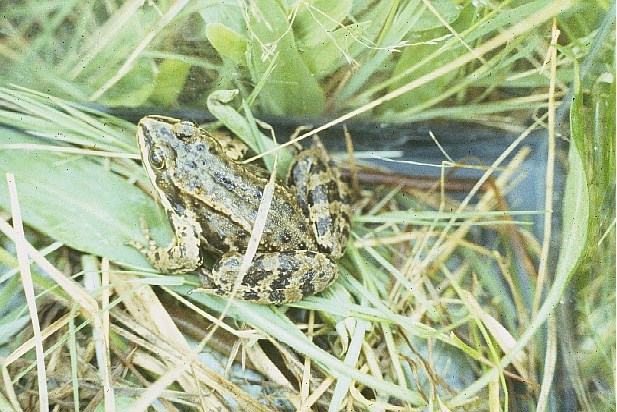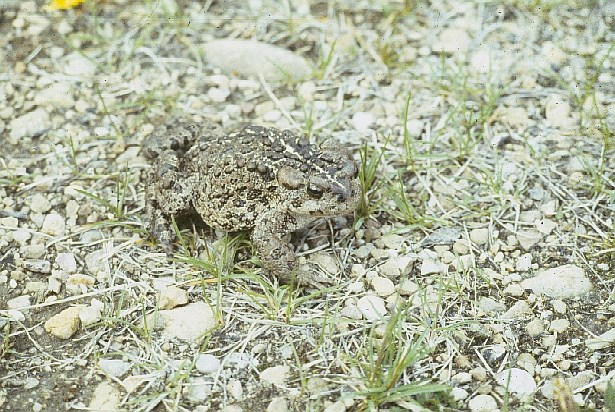Life in a Harsh ClimateBig Hole National Battlefield, located within the conifer-alpine ecoregion, hosts a limited but resilient amphibian population, which includes the Columbia spotted frog (Rana luteiventris) and the western toad (Bufo boreas). Despite the low amphibian diversity due to the high elevation and cold climate, these two species thrive in the park’s wetland habitats. Amphibian Conservation EffortsWith their dependency on clean, wetland habitats, the amphibians of Big Hole serve as indicators of environmental health. National Park Service staff actively monitor the area’s water quality and manage invasive plant species to ensure the sustainability of these amphibian populations and their habitats. 
NPS photo Columbia Spotted Frog (Rana luteiventris)

NPS photo Western Toad (Bufo boreas)
|
Last updated: November 5, 2024
